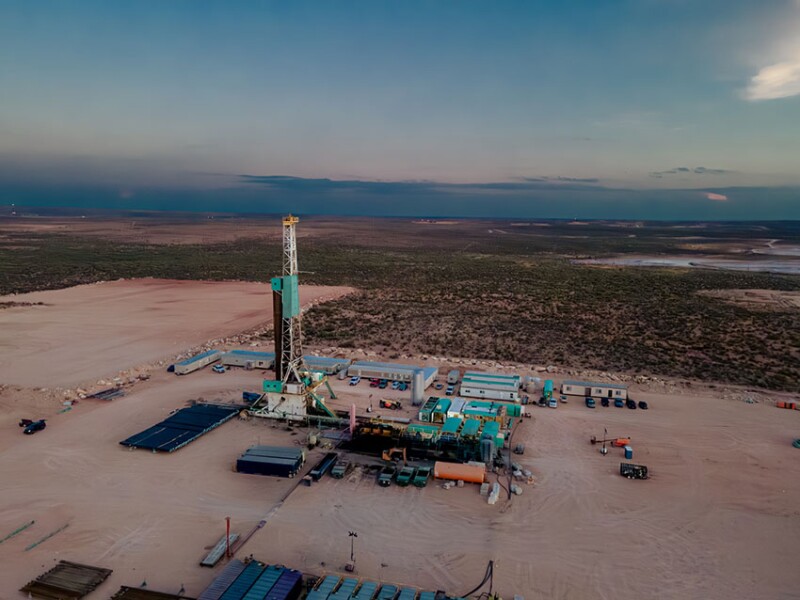In May, Halliburton unveiled a new logging‑while-drilling (LWD) technology that promises to give drillers a way to see into the rock ahead of the drill bit while geosteering through horizontal wells.
The tool is called EarthStar 3DX, and according to the Houston-based oilfield service giant, it’s the first 3D ultradeep azimuthal resistivity (UDAR) system capable of delivering real-time “look-ahead” capabilities in horizontal drilling—up to 50 ft ahead of the bit, depending on formation conditions. The company believes it has made a major leap for a class of tools that, until now, could analyze rock and fluid properties around the wellbore, up to 225 ft, but not in front of it.
The innovation clears a considerable challenge off the industry’s checklist. While existing LWD tools work well in vertical wells—where geology tends to change predictably layer by layer—in horizontal drilling, the bit must move through formations that often undulate and turn up or down. This makes it nearly impossible for older tools, which rely on simpler 1D models, to provide a reliable forward view.
To geosteer safely, drillers have long relied on educated guesses by—projecting what’s ahead based on what they’ve already drilled through.


